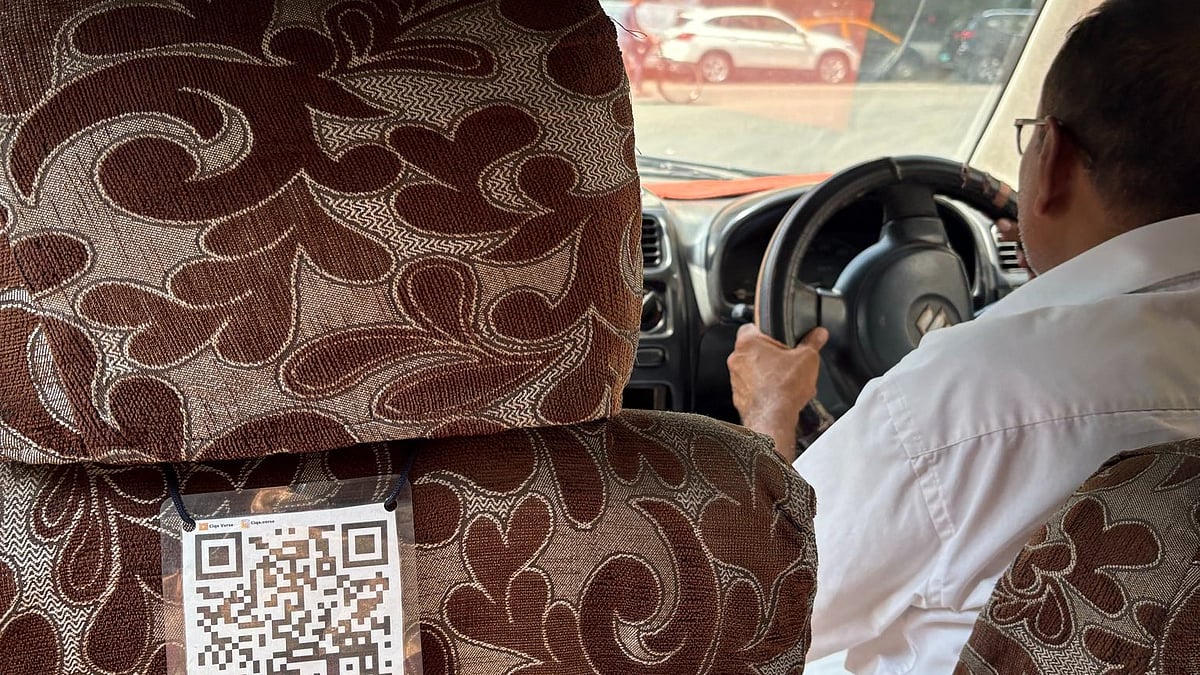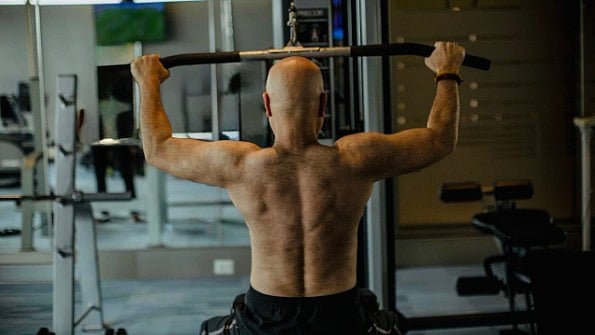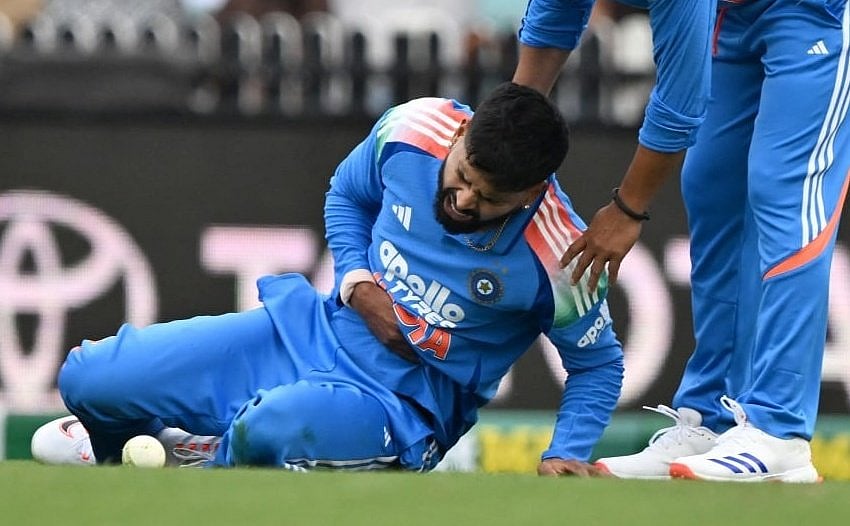New York: More than 200 scientists from 32 nations have written to the WHO, saying there is evidence that the coronavirus is airborne and even smaller particles can infect people, a significant departure from the UN health agency's claims so far that COVID-19 is spread primarily through cough and sneeze.
A report in The New York Times says that clusters of infections are rising globally as people go back to bars, restaurants, offices, markets and casinos, a trend that increasingly confirms that the virus lingers in the air indoors, infecting those nearby.
“…In an open letter to the WHO, 239 scientists in 32 countries have outlined the evidence showing that smaller particles can infect people, and are calling for the agency to revise its recommendations,” the report said, adding that the researchers plan to publish their letter in a scientific journal next week.
The World Health Organization has long held that the coronavirus is spread primarily by large respiratory droplets when an infected person coughs or sneezes.
The guidance that the health agency has given to deal with the virus, such as wearing masks, maintaining social distance and frequent hand washing, since the pandemic first broke, is based on its claim that the virus spreads through large droplets.
“But if airborne transmission is a significant factor in the pandemic, especially in crowded spaces with poor ventilation, masks may be needed indoors, even in socially-distant settings. Health care workers may need N95 masks that filter out even the smallest respiratory droplets as they care for coronavirus patients,” the NYT report said.
It said that ventilation systems in schools, nursing homes, residences and businesses may need to minimise recirculating air and add powerful new filters. “Ultraviolet lights may be needed to kill viral particles floating in tiny droplets indoors,” it said.
WHO’s technical head on infection control, Dr Benedetta Allegranzi, however, said in the report that the evidence for the virus spreading by air was unconvincing.
Experts point out that WHO’s infection prevention and control committee is “bound by a rigid and overly medicalized view of scientific evidence, is slow and risk-averse in updating its guidance and allows a few conservative voices to shout down dissent”.
“They'll die defending their view,” one longstanding WHO consultant was quoted as saying in the report.
The WHO was relying on a dated definition of airborne transmission. The agency believes an airborne pathogen, like the measles virus, has to be highly infectious and to travel long distances, said Linsey Marr, an expert in airborne transmission of viruses at Virginia Tech.
The NYT report says that many experts said the WHO should embrace the idea that even without definitive evidence, the agency should assume the worst of the virus, apply common sense and recommend the best protection possible.











